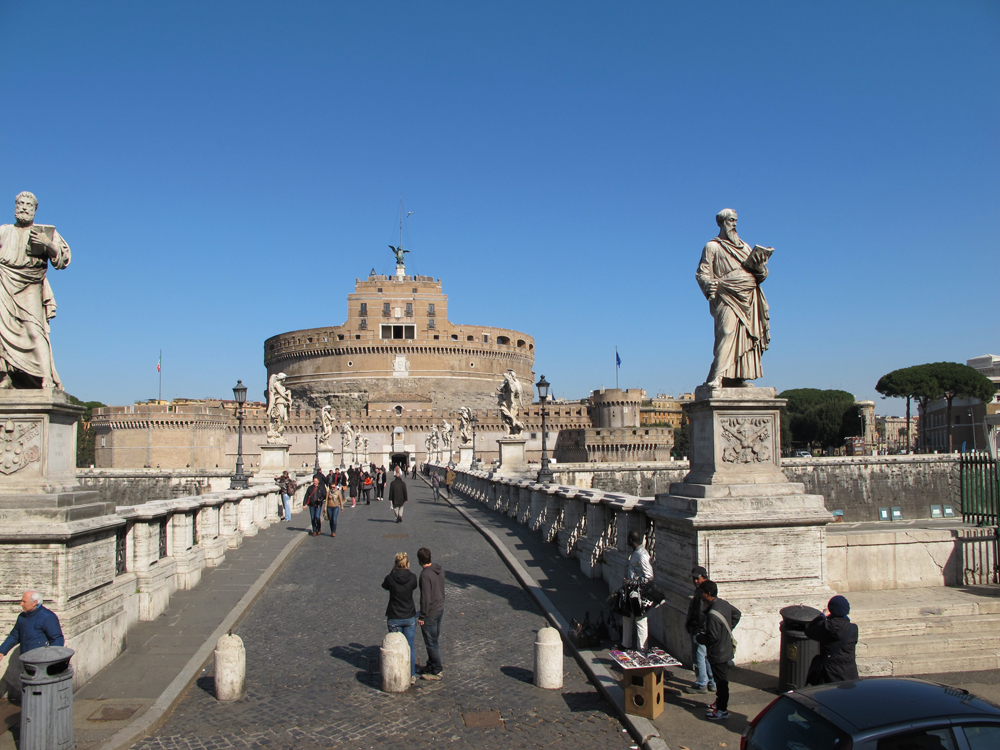NOTE: below is the full article. For just the extended content, go here.
by Mark Meli
If you’re a craft beer drinker in Japan, chances are you’ve noticed many more Italian craft beers here over the past year or two. While only rarely on tap at beer bars, several brands of Italian bottled beers can be found on the Net, and even a few supermarket and liquor chains are now stocking them. Most beer drinkers I know have noticed these beers, but are not really sure what they are all about. Until recently I was in the same position, so I took a trip to Italy myself in order to check out the scene. Since then I have been seeking out new information and trying beers I come across in order to get a better idea of where Italian craft beer came from, and where it is going.
Beginnings
Micro-brewing began in Italy in the mid-1990s, just a bit after it started in Japan. There were a handful of small breweries open before Teo Musso started Le Baladin in 1996, but all have since closed, making his the oldest. Throughout the late ‘90s, the number grew, but only slowly. Birrificio Italiano, Lambrate, and Beba, all in northern Italy, date back to this time.
Reading about the history of the movement, it sounds like a constant struggle against both government bureaucracy and stubborn ideas about the relative roles of beer and wine. By the first years of the new century, however, several of these breweries had established themselves as innovative and characterful. Some, like sour-brewing Panil, became known for their beers outside of Italy long before they were accepted at home.
When I visited Italy in 2012, people were amazed that there were already more than 400 small breweries in their country. The constant refrain was that it was fabulous to see craft beer growing so quickly, but that most of the new breweries had very serious quality issues, and many beers were simply undrinkable! There are now well over 600 Italian breweries, meaning that within that short period they added more breweries than currently exist in Japan! The beer bar scene has possibly shown even greater growth. In early 2012, there were about ten craft beer bars in Rome, including the classics, Ma Che Siete Venuti a Fa and Open Baladin. Now there are well over 100 bars, restaurants, and shops that focus on craft beer, and several new brew pubs as well. The scene there is much like it is in Tokyo, with new places opening every week, and more young people getting hooked on characterful beer.
There are many other ways in which Italian Craft Beer scene is similar to Japan’s. Here are some worth considering.
Similarities to Japan
They started at similar times (1994 in Japan, 1996 in Italy) and have grown in rather similar ways. Scratch the surface, though, and we find many more interesting points of closeness, as well as some major differences.
Non-beer Countries
Neither Italy nor Japan are traditional beer countries. We all know that Italy is famous for her wines, and Japan, of course, is the home of sake. Beer does have some history in both places, though, and Italians as well as Japanese drink a lot of industrial pale lager. Neither country (unlike Belgium, Germany or the UK) has a domestic craft beer tradition to draw on, so brewers are free to create beers in many different styles, for better or for worse.
Influence
Craft brewers in both Italy and Japan, draw on a variety of traditional styles for influence, including Belgian, German, British, as well as American craft styles.
Style
Both Italians and Japanese people are fanatical about discussing national “style,” not just in beer but in almost everything–from food to design to people’s temperaments. And of course this comes through in their craft beers. As in Japan, where we find sake rice beers, tea beers, miso beers, and beers using every conceivable Japanese citrus fruit, Italian brewers like to use local Italian ingredients in the quest to make something new and very Italian. Chestnuts, honey, spelt and grapes (of course) are often included. Also, many techniques and ideas are borrowed from the wine-making world, just as we see many Japanese brewers employing ideas from sake brewing.
Food
In the same vein, both countries have serious food cultures, of which people are intensely proud, and which influence approaches to beer drinking and brewing, thus creating many possibilities for food pairing.
Bureaucracy
Now for the down side: Italy and Japan both have impenetrable, confusing government bureaucracies that stifle creativity and non-traditional businesses with byzantine rules and regulations, irrational tax codes, and lots of plain old apathy. Hard to get a brewing license in Japan? It’s harder in Italy. Wacky beer taxes in Japan? Even wackier in Italy. Government is more responsive to the sake lobby in Japan? Look at the winemakers in Italy. You get the picture. In both nations, craft brewers are paddling upstream when it comes to their relationship with their governments.
Quality Control
Alas, one more negative point. While there are many fabulous, creative, and consistent craft breweries in both lands, a large percentage of breweries make beers that are lacking creative impulse, technical consistency, or overall quality (or all three!).
This article was published in Japan Beer Times # () and is among the limited content available online. Order your copy through our online shop or download the digital version from the iTunes store to access the full contents of this issue.




